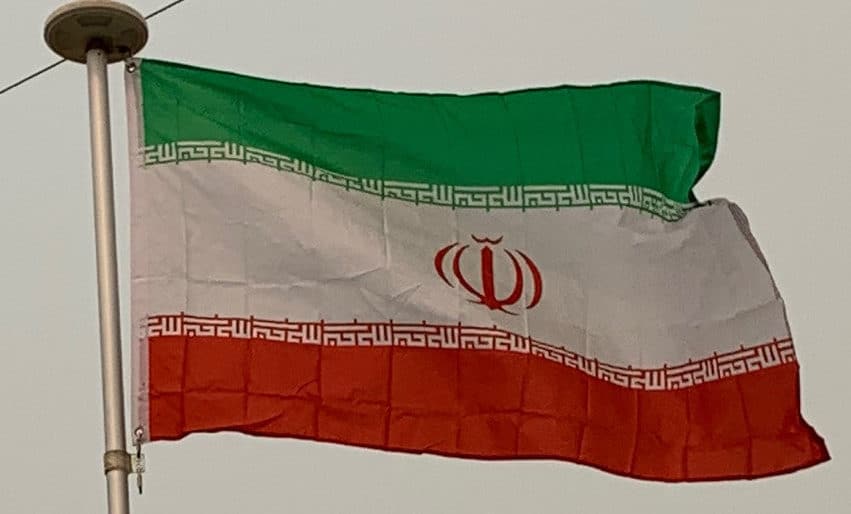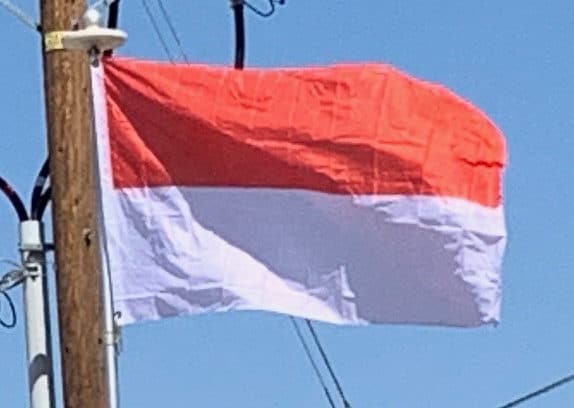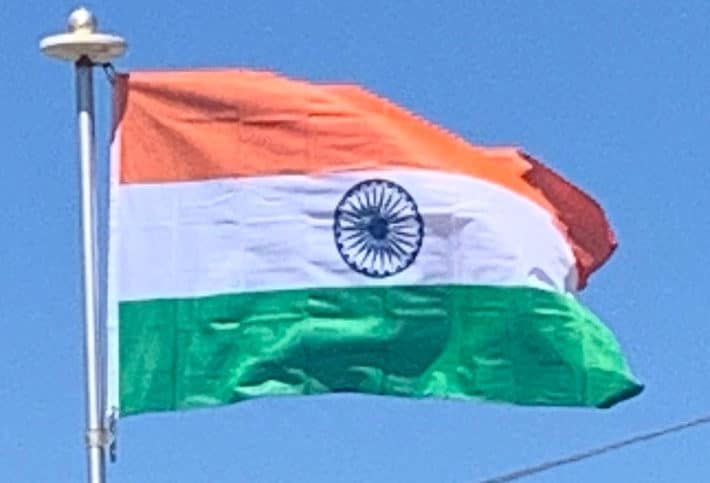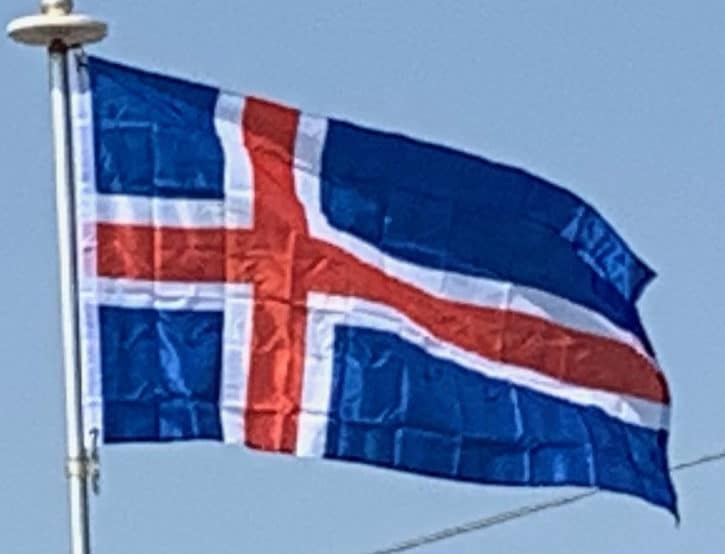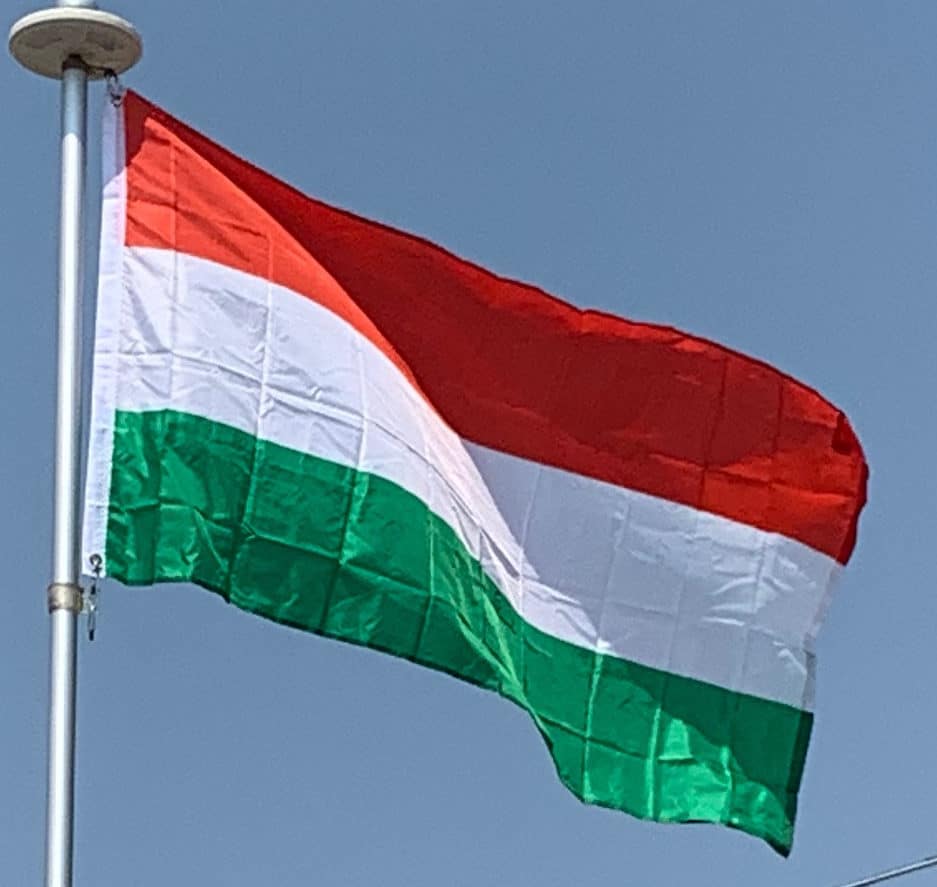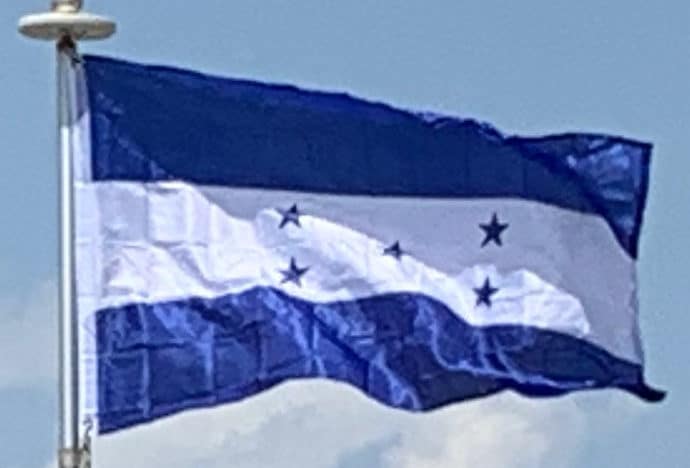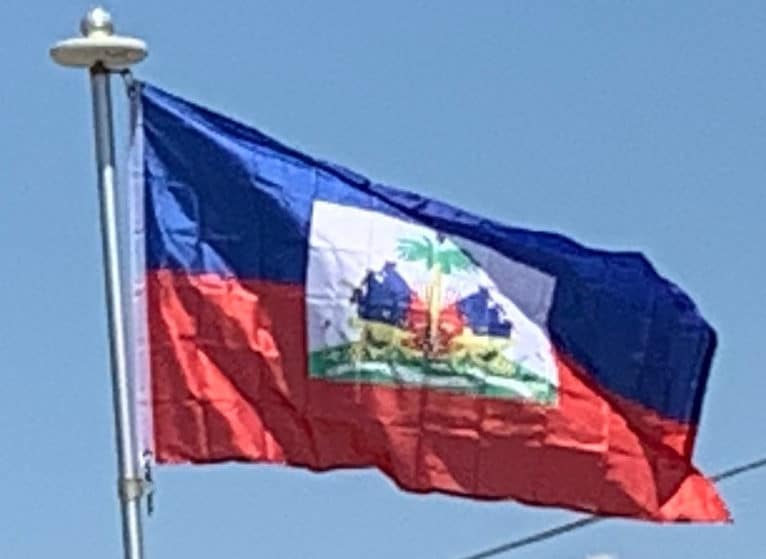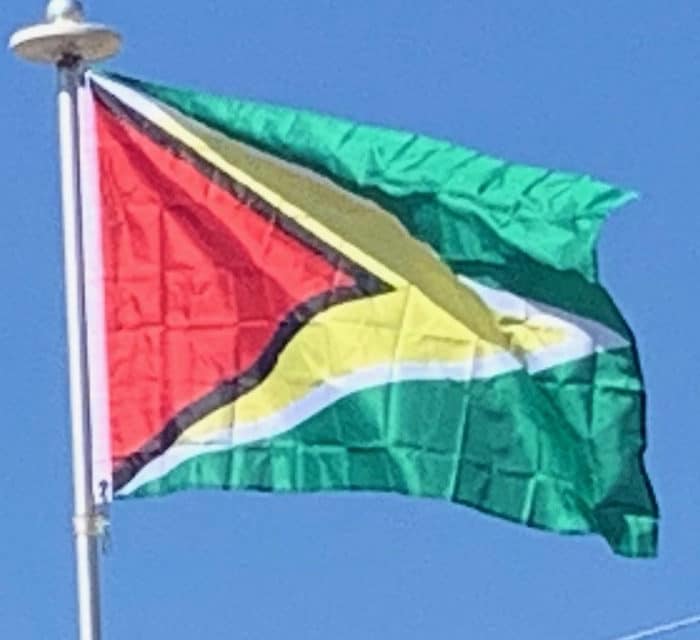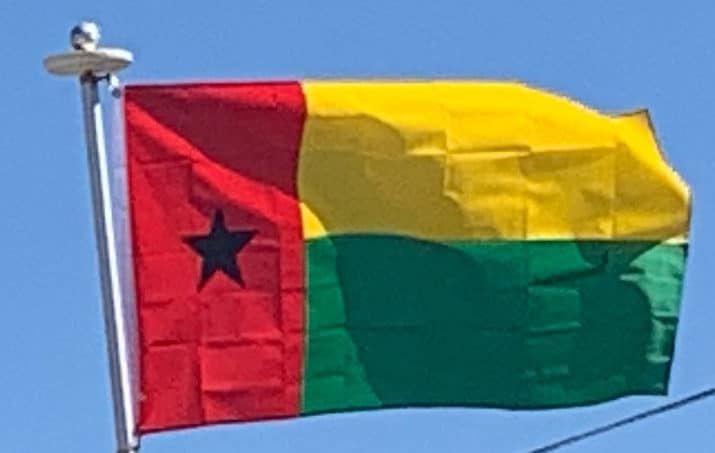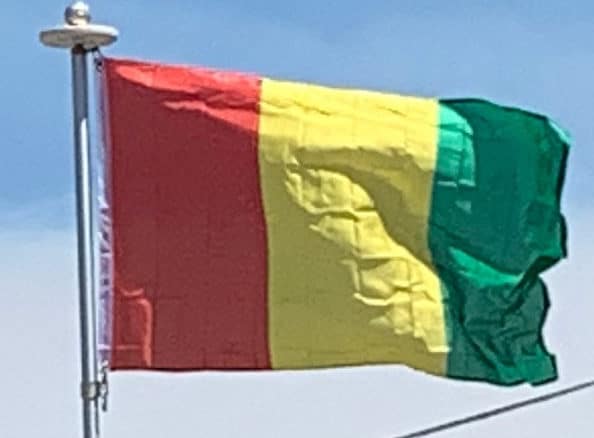Iran
The parliament of Iran, per the 1980 constitution, changed the flag and seal of state insofar as the Lion and Sun were replaced by the red emblem in the centre of the flag. Designed by Hamid Nadimi, and officially approved by Parliament and the Leader Grand Ayatollah Khomeini on 9 May 1980, this emblem is a highly stylized composite of various Islamic elements: a geometrically symmetric form of the word Allah (“God”) and overlapping parts of the phrase lā ʾilāha ʾillā l-Lāh, (There is no God Except Allah), forming a monogram in the form of a tulip it consists of four crescents and a line. The tulip shape of the emblem as a whole memorializes those who have died for Iran and symbolizes the values of patriotism and self-sacrifice, building on a legend that red tulips grow from the shed blood of martyrs.
